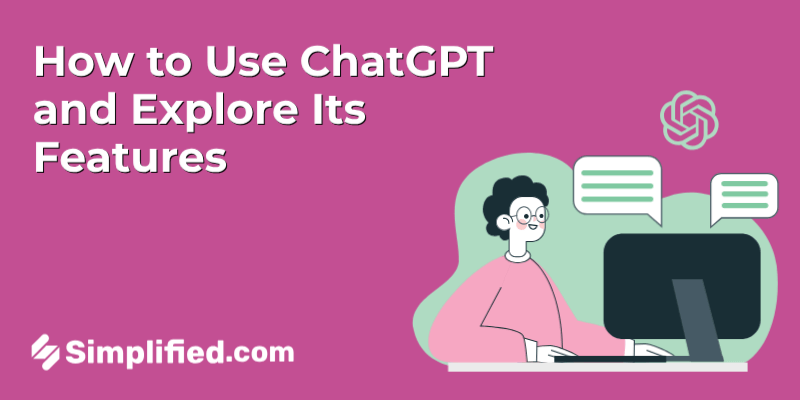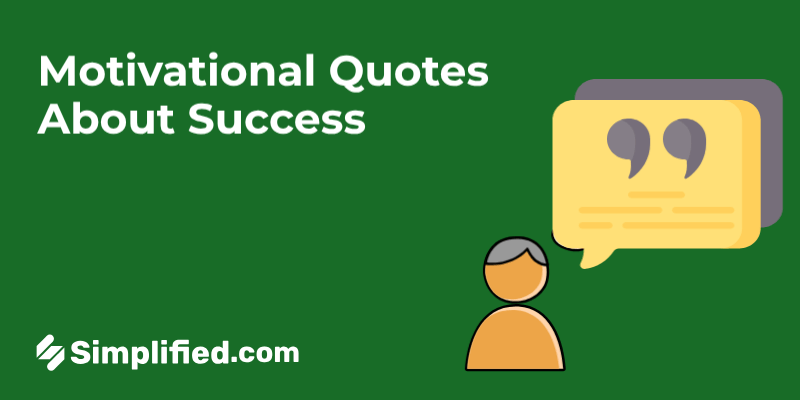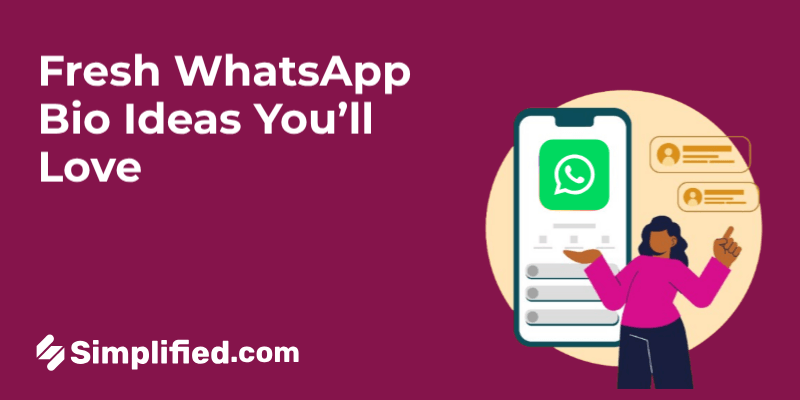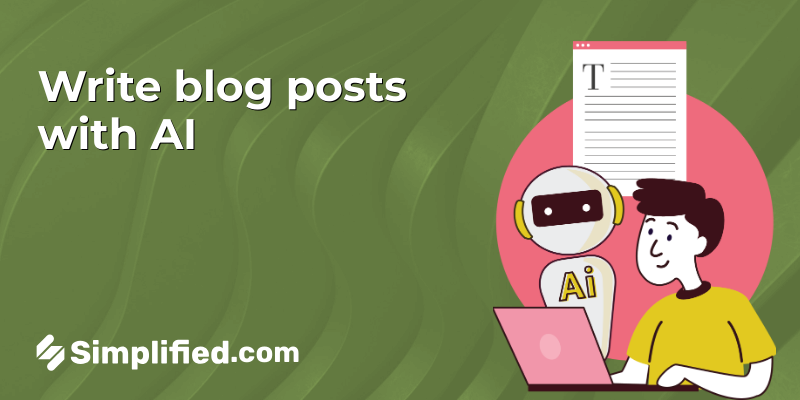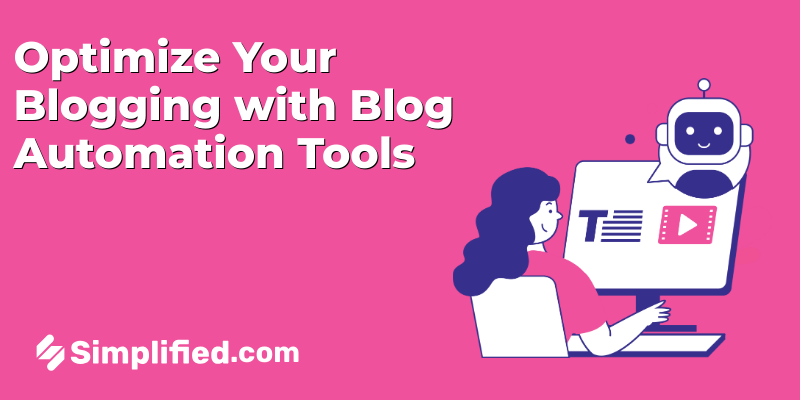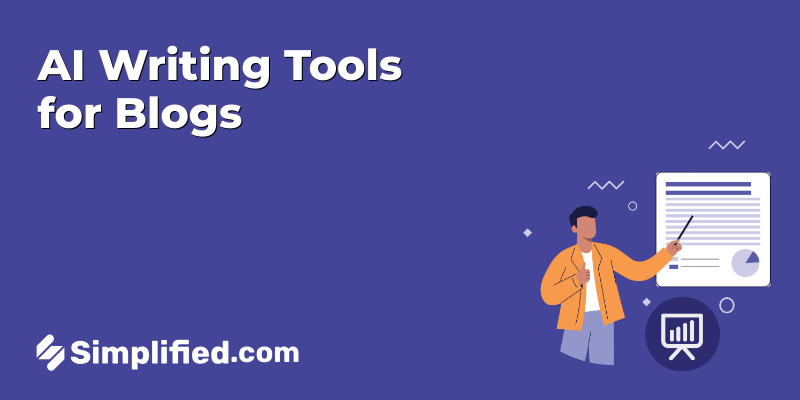|
Getting your Trinity Audio player ready...
|
What are the first couple of things people see of your podcast? The artwork and the podcast description. So, these two elements need to be the ‘hook’ that reels in those listeners! We’re here to let you in on the secret to writing podcast descriptions that make potential subscribers look twice!
What Goes into a Good Podcast Description?

All the best podcast description examples have one thing in common – clarity. They give the reader a clear idea of what they can expect when they tune into your podcast. Give them the key details to understand whether this is the podcast they’ve been looking for. It’s a lot like creating a quick elevator pitch for your show. Keep it concise and interesting, and tell them how they benefit by tuning in.
Don’t confuse your show notes and summary with the podcast description. The description captures the essence of your entire podcast. Whereas the summary or show notes refer to each individual episode of your podcast.
Bonus: The Best AI Tweet Generator: Create Twitter-Worthy Tweets
5 Invaluable Tips to Write An Engaging Podcast Description
.jpg)
The key is to give the audience what they want. With these few lines, it’s your job to simply help them understand whether this is the show they’ve been looking for or not.
1. Start strong
This is absolutely key. Begin strong from the very first sentence. It could incite excitement, curiosity, or shock/ surprise.
For example, the description of The Diary of a CEO with Steven Bartlett begins, “A few years ago, I was a broke, university dropout, living in one of the worst part of the country, alone, with nothing but a laptop and a dream.”
The storytelling style keeps the reader engaged, and the content makes them curious to read on.
2. Tailor the tone and content
The more relatable your description is, the better. Top podcast production companies recommend using words, language, and tone to suit your audience. Get straight to the point rather than taking the reader through a long-winded explanation. Ideally, podcast descriptions are about 4000 characters long.
3. Name the host and schedule
Listeners appreciate knowing whom they’re listening to. So name the hosts of your show in the podcast. Well-known members of the community could spur more subscriptions. Even otherwise, it could be the start of associating the host’s name with the podcast. Adding your schedule in the podcast description is a good way to let people know when they can tune in to listen to your next episode. Setting these expectations right at the beginning is a good idea.
Bonus: Simple Guide To Writing Amazing Product Descriptions (+ FREE TOOL )
4. Add a call to action
Typically, a call to action isn’t required for a podcast description, but including it here could prompt potential listeners to take action right away. The call to action can be as straightforward as you like. It could even reference your schedule.
For example, “Tune in for a new episode every Wednesday!” Or it could outline what the listener could gain from it, “Join us for a fresh perspective on x matters, once a week!”
5. Don’t Forget to Add Keywords
Make your podcast description SEO-friendly by including the right keywords. Just one or two will do. We don’t recommend you stuff them in the write-up. Pour more of your focus into creating a description that connects with your potential audience.
With Simplified’s new podcast description generator, you’ll always find the right words 🙂 Try it for free right now!

